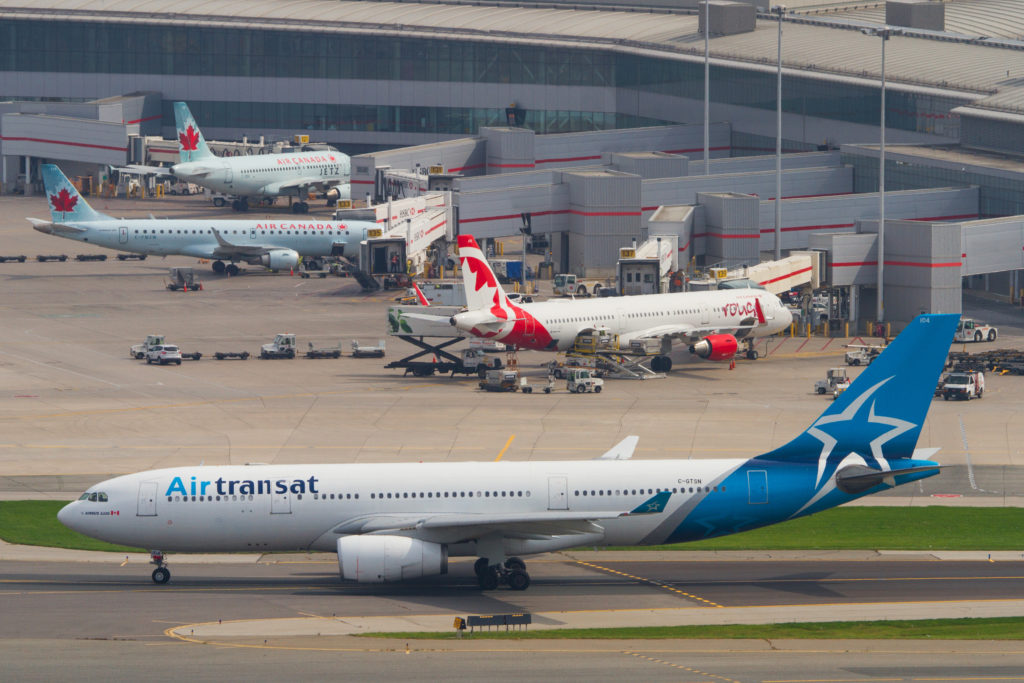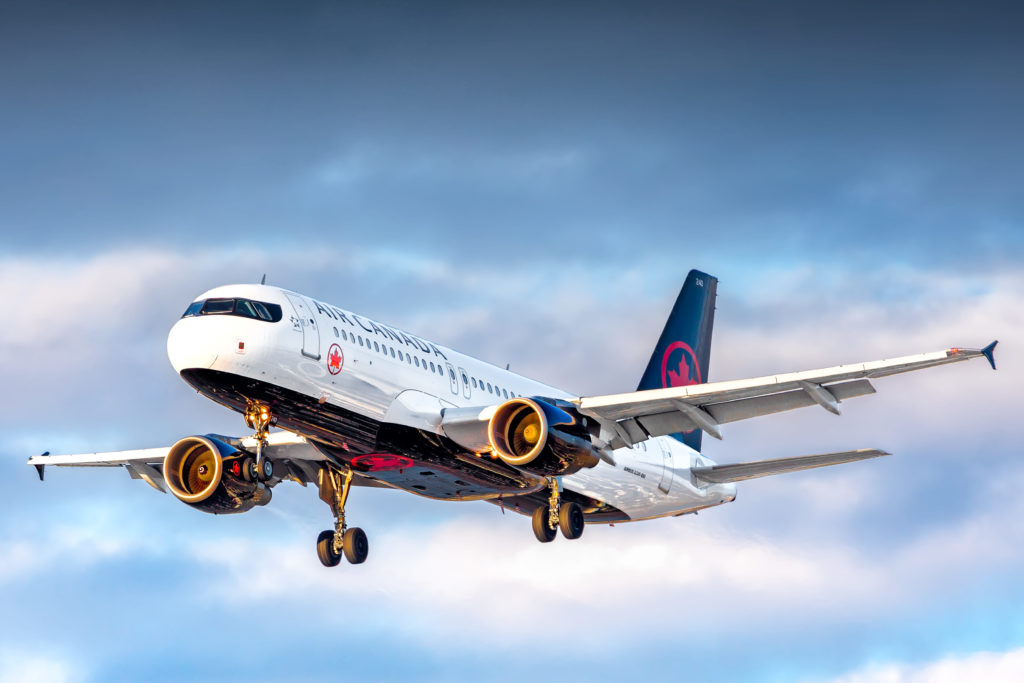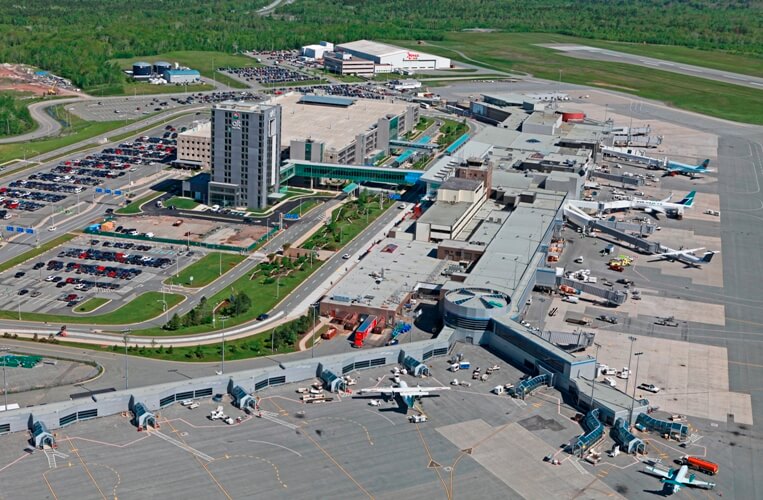Estimated reading time 9 minutes, 40 seconds.
Whenever a natural ecosystem is under threat, environmental authorities have legislative and regulatory tools to contain the attack and deal with the aftermath. Not so when the “ecosystem” is commercial aviation and the attacker is a highly transmissible and frequently fatal viral infection.

How, then, to remediate the damage done by COVID-19 (COrona VIrus Disease 2019) to aviation and its hundreds of thousands of employees worldwide? It’s a critical question in countries such as Canada where aviation is economically fundamental.
The initial cases of COVID-occurred in China in late December but it quickly jumped borders, first to Thailand and eventually to Canada and other countries, carried mainly by unwitting airline passengers.
It was March 11 before the World Health Organization, “deeply concerned both by the alarming levels of spread and severity and by the alarming levels of inaction,” declared a global pandemic. But by then the damage was ecosystem-wide — borders were closed worldwide and commercial aviation found itself having to layoff or furlough tens of thousands of employees as passenger flows dried up.
It has presented a challenge of unforeseen proportions for governments at all levels as they continue to issue recommendations and rules.
In a bid to tackle what it calls the “new reality for the aviation sector,” KPMG Canada organized a webinar of major stakeholders July 17 to ask whether the industry was “ready for takeoff” again.
The general consensus after nearly an hour of discussion monitored by a 160-member webinar audience across the country was that while the industry is desperate to get back to business, its ecosystem has been severely compromised. Grant McDonald, Ottawa-based global head of aerospace and defence at KPMG in Canada and a webinar participant, said that aviation generally will require a “hard reset” and recovery could take at least three years.
McDonald had noted at the beginning of the webinar that many aviation professionals, having been deemed an “essential service”, had remained on the job even as their employers were left mainly to their own devices, incurring staggering costs for ongoing storage and maintenance of grounded fleets.
“Unlike other countries . . . which have offered direct financial support to the aviation sector, we have seen little-to-no direct government support,” McDonald told Skies afterward. “To recover more quickly and ensure long-term viability, the industry requires a government-supported strategy which may include various forms of investment, including subsidies, loans and loan guarantees, including support for small suppliers to help them through the pandemic.”

Co-ordinated by Phil Hofton, director of the people and change practice at KPMG Montreal, the webinar also involved Tony Malfara, an auditor and senior partner within KPMG’s Toronto-based risk consultancy. The other participants were Neil Wilson, president and chief executive officer of Nav Canada; Joyce Carter, president and CEO of the Halifax Stanfield International Airport Authority; Kim Stangeby, chief strategy officer for the Greater Toronto Airports Authority, and Mark Olivier, director of talent and employee engagement at Air Canada.
Hofton said one of the initial challenges facing aviation is the need to reintegrate employees who have been laid off or furloughed as well as those who have been working remotely in the past few months. “The new reality is ‘what is the permanent impact on our workplace?'”
Malfara said most, if not all, organizations had set up task forces or committees as the industry moved through the various phases of the pandemic
Hofton noted that “we’re far from being out of the woods” because it would be some time before a fully-tested COVID-19 vaccine is developed. Meanwhile, the “paramount” priority is health and safety during the employee reintegration phase as the industry relies on governments to continue providing guidance on best practices. “This is everyone’s issue, so it’s a concerted effort between our HR departments, the employees themselves, labour groups, management within all our organizations.”
Stangeby said the GTAA’s early response was that since employee and passenger health and safety is “absolutely paramount”, physical operations at Toronto International Airport were reduced to the practicable minimum with many staff working remotely. That said, some were already returning to the airport as needed, the GTAA still mindful of government guidelines.
“There’s no doubt that there are going to be other chapters in this story,” she said. “It’s a real reset in how we work.”
For example, uncertainty about schools reopening in September meant the industry needed to accommodate parents’ needs. “There’s a whole business case to be determined around the costs and benefits of where a workforce is located. . . . It’s very expensive to keep people on-site but there’s lots of benefits to being on-site.”
It would require “strategic tradeoffs” as the airport and other stakeholders resumed operations.
Wilson said the key at Nav Canada had been its national emergency management program which dated to the September 2001 terrorist attacks in the U.S. and the early 2003 SARS coronavirus outbreak. Management were briefed daily and the result of this “robust” approach was that there were “virtually no health issues” among 5,200 employees and no reduction in air navigation services, unlike in some other countries.

While federally regulated, Nav Canada’s health and safety protocols are largely influenced by the provinces, which have jurisdiction over health services, and municipalities often had their own protocols. Wilson said the result was a “very complex set of rules, guidelines and approaches.” Malfara agreed, saying it had become “somewhat of a new world” as industries tried to understand where the line is from a business perspective.
Hofton reiterated that the “vital concern” remained the health and safety of employees and passengers, a point underscored by the fact that 40 per cent of the webinar audience, voting online, indicated that “readiness” was a priority, with 30 per cent prioritizing employees’ well-being and 25 per cent seeing “physical distancing” as a key element of any return to normalcy.
Carter said that a health and safety survey of employees, passengers and other users of Halifax International Airport, as well as the community, showed that health and safety were “really top of mind.” She said the airport took direction from health professionals from the outset and that the government had done “a great job” of advising people to stay home by “scaring” them with messages about the pandemic.
Now, she said, the government had to “dial back” that approach. Clear communications were key and for her operation, it would mean a gradual transition back to work rather than a general recall. It was important to install confidence in everyone about safety at the airport and management, having taken pre-emptive action by surveying employees “early on”, had developed a transition plan and a 25-page document on safety practices.
Carter, reflecting a widespread viewpoint, said she doesn’t expect “things to be back to where they were” in a global industry but was taking the time to survey passengers about what they would like to see when they resume travelling.
Olivier said Air Canada “jumped into overdrive” when the pandemic began, setting up task forces to deal with corporate security and safety, real estate and communications with employees.
“Decisions could be made very quickly and very consistently,” he said, adding that trying to corral 200 managers to deal with specific issue would have been counterproductive. “We had to divide and conquer.”
There also was the challenge of having to lay off or furlough employees to contain costs. Olivier calls it a “brain drain”, he said it is “important to stay connected to those people that we hope will eventually come back to the workforce.” That applied as well to employees working from home as well as those who remained on the job physically. “We want to rebuild that confidence.”









Even with a vaccination against the corona virus, there will be lingering concerns about possible mutations.
Every airline passenger dreads being seated for a long time beside someone who is obviously ill and contagious.
Potential pathways for spreading the illness are direct and via the air circulation system.
Airlines could improve their service image by:
1. Measuring the temperature of all passengers before they board an airplane. Passengers with elevated temperatures should not be allowed on the plane. That’s a necessary inconvenience.
2. Install UV or IR purification systems in the airplane internal air circulation system. The system should provide sufficient UV or IR exposure to kill any virus.
Advertising “virus free air” should restore passenger confidence.